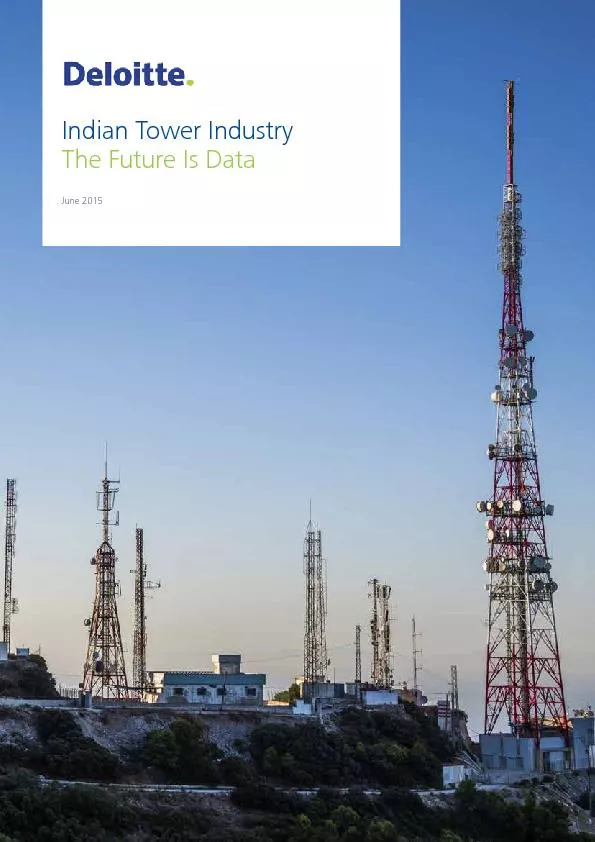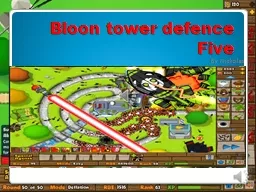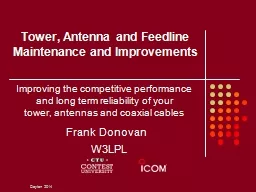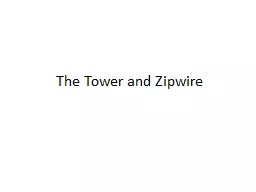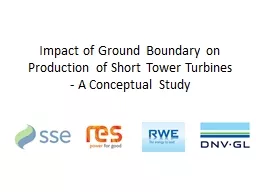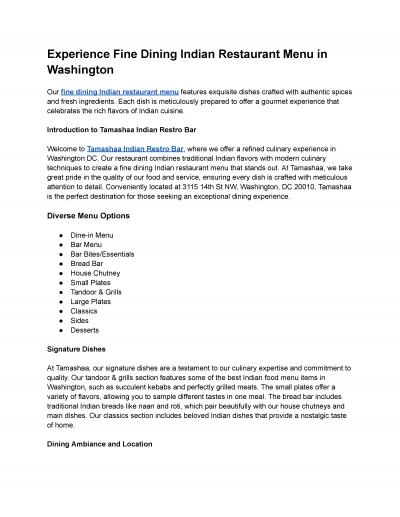PDF-Indian Tower IndustryThe Future Is Data
Author : myesha-ticknor | Published Date : 2016-08-14
ForewordIndian Telecom Market OverviewIndian Tower IndustryKey Trends in Tower Industry 150 Current and FutureGoing ForwardKey ConsiderationsAcknowledgementsReferences 2 3 Indian
Presentation Embed Code
Download Presentation
Download Presentation The PPT/PDF document "Indian Tower IndustryThe Future Is Data" is the property of its rightful owner. Permission is granted to download and print the materials on this website for personal, non-commercial use only, and to display it on your personal computer provided you do not modify the materials and that you retain all copyright notices contained in the materials. By downloading content from our website, you accept the terms of this agreement.
Indian Tower IndustryThe Future Is Data: Transcript
Download Rules Of Document
"Indian Tower IndustryThe Future Is Data"The content belongs to its owner. You may download and print it for personal use, without modification, and keep all copyright notices. By downloading, you agree to these terms.
Related Documents

